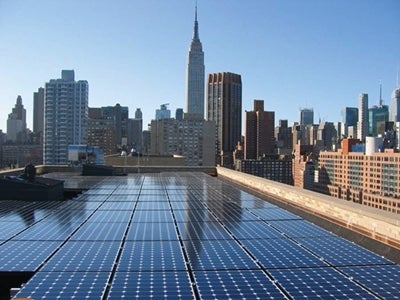August has been an eventful month here in Texas. And, no, I’m not referring to news about Governor Rick Perry, rather some of his appointees. The Texas Public Utility Commission (PUC), Texas Commission on Environmental Quality (TCEQ), Railroad Commissioners (RRC) Barry Smitherman and Christy Craddick, and State Representative Jason Isaac held a joint session to discuss the Environmental Protection Agency’s (EPA) new Clean Power Plan (CPP).
The CPP will limit – for the first time ever – carbon emissions for existing power plants. Texas, the number one polluter in the country, needs to cut 195 billion pounds of carbon in the next 18 years, according to a Texas Tribune analysis. However, EPA suggests Texas could easily meet its goal through a combination of actions: making coal plants more efficient, using more natural gas plants, increasing the use of renewable resources, and expanding energy efficiency.
Texas has a choice: either roll up some sleeves and double down on the state’s clean energy leadership, creating jobs and wealth, or continue to play petty politics to buy the fossil fuel industry more time. Read More















